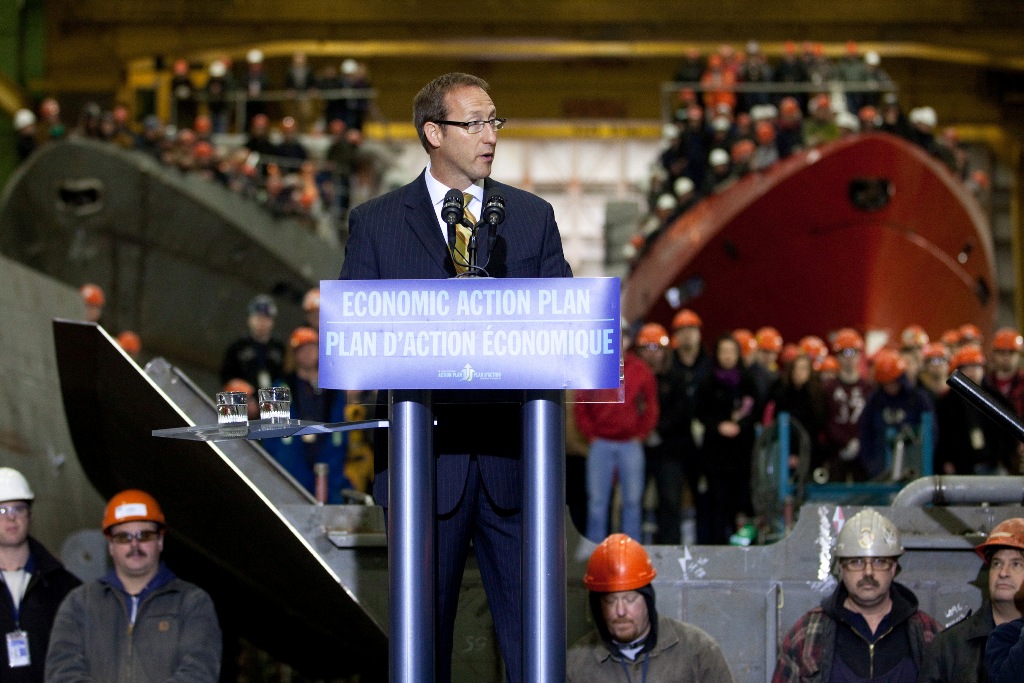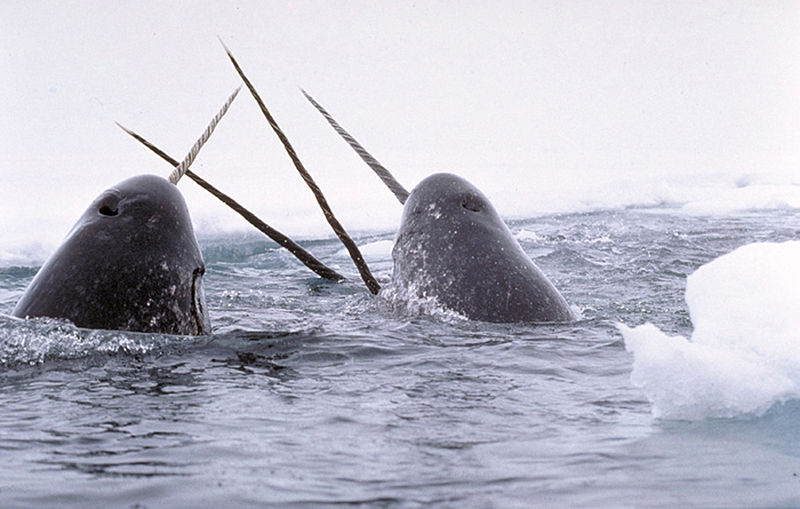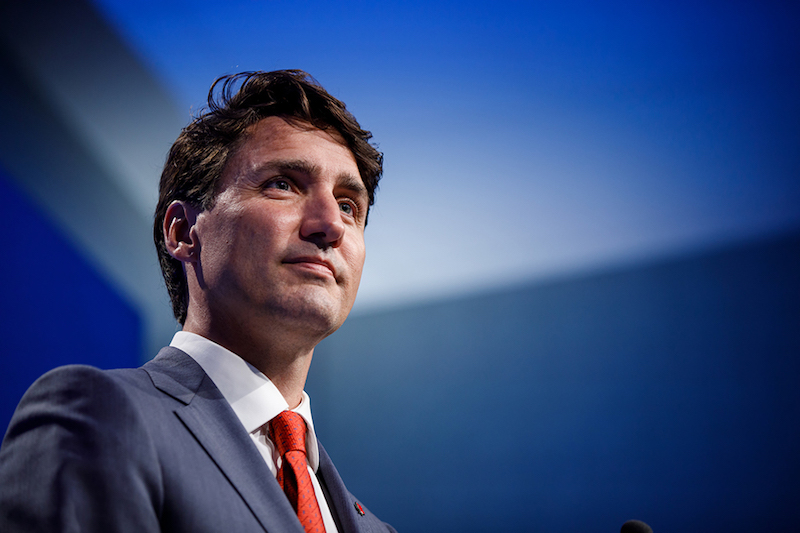[captionpix align=”left” theme=”elegant” width=”320″ imgsrc=” http://www.materiel.forces.gc.ca/assets/MAT_Internet/images/aops-npea-01.jpg” captiontext=”The first batch of the Arctic Offshore Patrol Ships (AOPS) is expected in 2018.”]
The Canadian navy’s recent rebranding back to its “royal” roots constitutes one in a series of initiatives best described as a “renaissance” for the Canadian armed forces. The navy is set to replace aging vessels and fundamentally alter Canada’s power projection on the high seas – most notably, taking a definitive step into the mineral and energy-rich – and increasingly accessible – High Arctic.
With one the longest navigable coastlines of any other nation, a changing climatic reality in the North, bold moves challenging Canada’s sovereignty from maritime neighbours, and increased interest in northern development makes the timing and scale of Ottawa’s move hardly a coincidence.
The background
On October 19th, 2011, the Harper Government announced a 35-billion dollar plan to revamp Canada’s naval hardware as part of the “National Shipbuilding Strategy”, with around 25 billion going to Halifax’s Irving Shipbuilding for twenty-one combat vessels, and an 8 billion going to Vancouver’s Seaspan Marine for eight non-combat vessels.
The losing party is Davie Shipbuilders located in Lévis, Québec, marred by bankruptcy protection well before the October 2011 announcement.
Initially, focus fell on the supposedly politics-free pledge for awarding the contracts (which turned out to be merit-based and transparent according monitors) accompanied by demands for more information from the NDP opposition critic Peter Stoffer, few could deny that the announcement was also very favourable for CEO Jim Irving and Defence Minister Peter MacKay.
2012 is the year in which each of the shipbuilders finalize their contracts with Ottawa. Without a doubt, those same businessmen and politicians which celebrated in October of 2011 are now faced with a belt-tightening reality in Ottawa which could delay the delivery of Canada’s new fleet of combat ships. This makes 2012 the year in which the greatest revisions to the deal could occur.
The ships
Arctic offshore patrol ships, the first scheduled to be completed under the contract are seen as critical to securing Canada’s Arctic security and sovereignty. Melting sea ice and increased traffic in Canada’s arctic is a key catalyst for the move.
The ships will help enforce laws, and above all, will constitute a very real practice of territorial sovereignty challenged by other custodians of the high Arctic. Patrol craft, new coast guard vessels, and a new polar icebreaker constitute only a small part of the grand total, the replacement of aging destroyers and frigates is expected to consume the lion’s share of the money.
However, timeline projections have already been beset by a series of revisions, with the first announcements pegging the arrival of the first batch of ships first for 2015, then moved to 2016, and now expected three years after that, for 2018.
The burn of the not-too-recent past
While it may be easier to buy military hardware than actually building it, the Royal Canadian Navy has had to face disappointment and moves for trans-Atlantic litigation stemming from past procurement deals – best exemplified by the United Kingdom’s sale to Canada of four Upholder/Victoria Class diesel-electric submarines in a 1998 deal, for a supposed bargain of $750 million.
The F-35 jet deal is another example of procurement policies gone awry, according to the Parliamentary Budget Officer Kevin Page. However, the F-35 deal was likely informed by overriding continental strategic considerations, pressure and geographic proximity to the United States. In the end, both the Harper Government and the Canadian public continue to watch closely as the issue develops, each hoping that the jets will live up to their high promises at, or at least near, to their productions, delivery, outfitting and servicing costs.
[captionpix align=”left” theme=”elegant” width=”320″ imgsrc=” http://www.cbc.ca/gfx/images/news/topstories/2012/04/02/li-f35-overhead-flight-view.jpg” captiontext=”The procurement policies of the F-35 aircraft have also faced setbacks.”]
Financing
In July of 2012, Ottawa announced an initial 9.3-million dollar contract for Irving Shipbuilder to undertake the initial steps of ship design as part of a related “Canada First” defence strategy.
It should be emphasized that the 35-billion dollar figure is at best an estimate that will be subject to change and revision. The final monetary scale of the project could range from anything between 30 billion to the 35-billion dollar marked.
If the 1980s procurement for Halifax-class frigates is any indication of evolving shipbuilding deals (an original deal where twelve of eighteen frigates were built), the 35-billion dollar announcement is unlikely to remain without a downward reassessment.
British Columbia’s Seaspan Marine Corporation will construct vessels totalling 8-billion for eight non-combat vessels. On the other hand, Halifax’s Irving Shipbuilding was awarded about 25-billion of the total for twenty-one combat vessels; considering the history of shipbuilding financing and the post-2008 budget deficit reality, it is likely that of the two, it will be Irving Shipbuilders which will feel revisions most sharply.
Addressing sector-specific boom-bust cycles and investing in skilled jobs
Shipbuilding in Canada has experienced a classic boom and bust cycle since time immemorial. With the last national shipbuilding enterprise dating back to the 1990s, the 2012 announcement has been touted as an attempt to address swings in coastal economies and their respective labour markets. The Minister of Public Works and Government Services estimated that the deal should produce around 15,000 new jobs nation-wide over a period of twenty to thirty years. More importantly, the jobs will be of the high-skill variety, which more often than not, comes with a lot more than a living wage.
However, the supposed predictability of monetary inflows into the Maritime and coastal British Columbian communities is likely to turn out to be an illusion. Assuming that no external developments in the foreign affairs sphere spurs on a sudden expansion of the Royal Canadian Navy, thus sustaining the 35-billion mark if not resulting in new deals, the 35-billion deal will remain at the mercy of exogenous shocks in the world economy, the nation’s fiscal reality, and Ottawa’s political will.
It is in 2012, when the dividends of the October 2011 announcement have been cashed in, both for the Conservative Party and the affected politicians, the incentive to renege, renegotiate, and adjust – especially under conditions of uncertainty and weak growth – become increasingly greater. Although this dynamic does not guarantee downward adjustments, it does point out that robust, long-term national strategies are inevitably beset by an ever-changing fiscal and economic reality, to say nothing of developments in foreign affairs.




